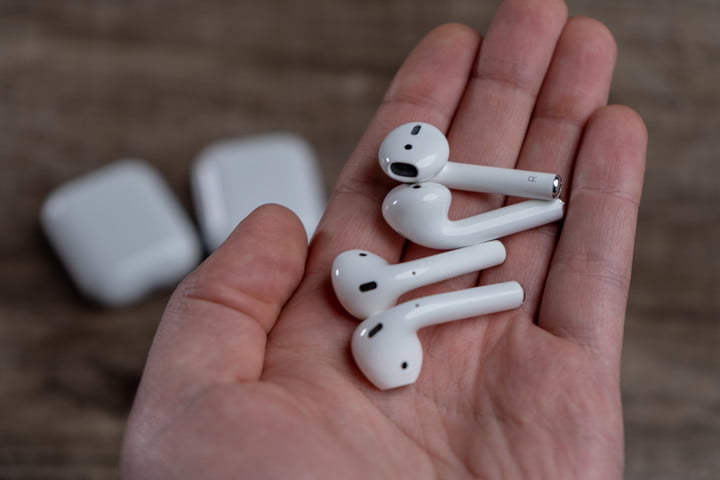The little pieces of plastic you stick in your ears may not appear incredibly complex, but their manufacturing, disposability, and symbolism are a lens into a much larger issue.
Their outside shell is made of plastic; a combination of carbon, hydrogen, oxygen, nitrogen, chlorine, and sulfur. Plastic has proliferated deeply in the planet because it is lightweight, durable, cheap for companies to make, and convenient for consumers to use.
The inner workings of AirPods are made of tungsten, tin, tantalum, lithium and cobalt. To extract these, and the materials needed to manufacture the plastic shell, miners from developing countries put their lives at risk everyday, endure terrifying conditions, while making dismal wages. The refined materials are shipped to factories in China, where thousands of people work to assemble four fine computing chips into a logic board, glue together small sensors, microphones, grilles, and an antenna, and encase it all in a clean, white plastic shell, masking the dirty labour that went on inside of it. They are then shipped to rich, developed countries and sold to upper-class citizens at a high price.
This general process is not something unique to AirPods, it is actually shared among nearly all electronic devices. What sets AirPods apart, is that while the quality is mediocre, they carry symbols of status, and are simultaneously highly disposable with no means of disposal.
AirPods are so small and easy to lose that they communicate, “if you can afford to buy them, you can afford to lose them.” This alone turns AirPods from a useful product into a social product, displaying the message that you are part of a wealthy group of people, which is something that has generally become highly desirable, and the basis for the most successful marketing schemes in the developed world.
Typically, AirPods are usable for about 18 months, and then will stop holding charge when the lithium-ion battery begins to wear out. They are not repairable or recyclable because the tiny parts are so intricately glued together. People cannot throw them out, because the lithium-ion battery risks starting a fire in the garbage compactor. If they do make it to a landfill, they won’t decompose for thousands of years.
After a short period of time, users are forced to abandon their AirPods, somehow. This phenomenon is called planned-obsolescence, where a product will become obsolete or unusable, very quickly, and the user is forced to either abandon their lifestyle with the product or buy a newer model of the same product that will likely stop working after the same amount of time, feeding more and more money to the company. This is done because companies make more money selling new items, than repairing old ones, and many have lobbied against right-to-repair efforts.
AirPods, like many luxury products, derive their value from the invisible chain of production that consists of rich capitalists taking advantage of cheap labor in poorer countries. Their disposability mirrors the disposable labor they are built upon, making them much more than just a pair of earphones, but an un-erasable product of culture and class.
Doing research about the companies you are purchasing from, will enable you to make more ethical choices when it comes to the manufacturing of the product.
Every purchase you make counts for something, and builds toward an economy wherein money is funnelled to people who are doing the right thing for the environment, enforcing fair wages and ethical working conditions, rather than supporting those who exploit nature and oppress marginalized populations.































